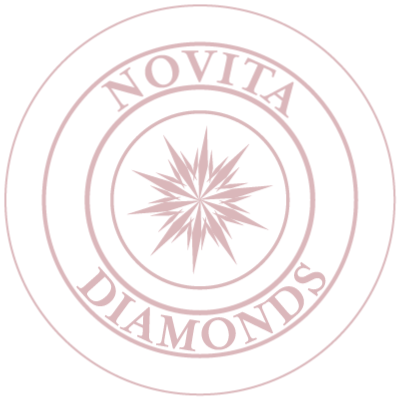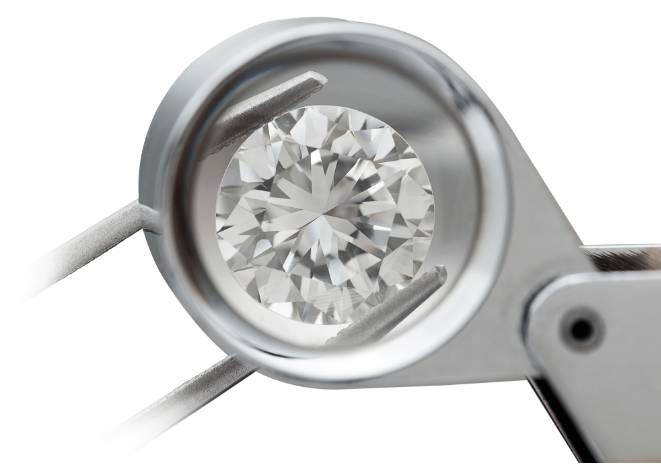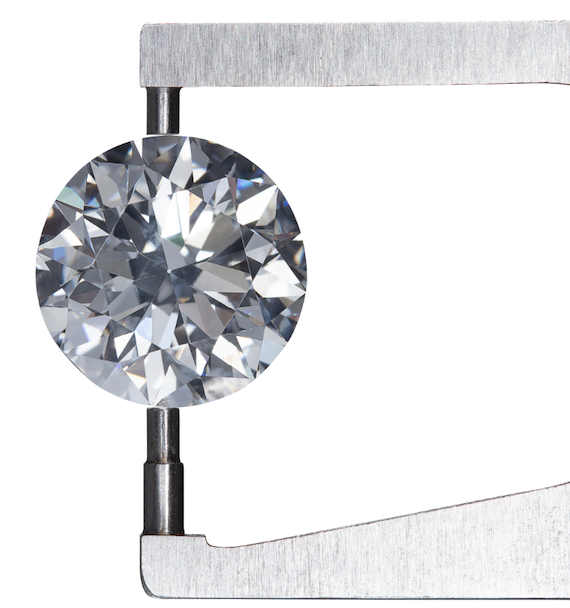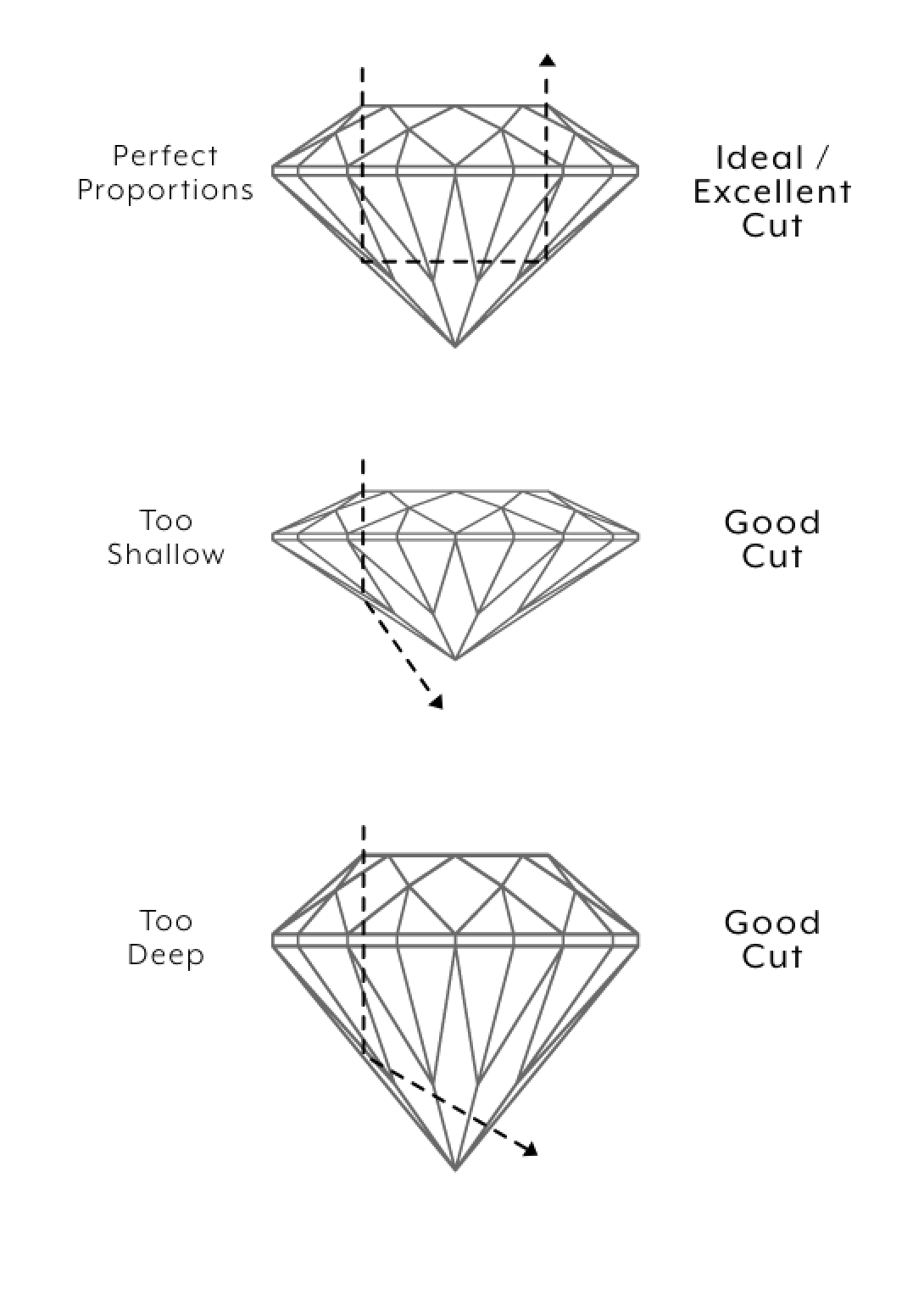BOOK AN APPOINTMENT


In this article, our top gemmologist offers his thoughts and tips on the 4Cs, which are essential for today’s savvy buyers to make the right purchase. We hope you will enjoy reading this short guide and that it will shine some light on how to choose your perfect diamond.

Definitely the most important!
There are many reasons why “Carat” takes the top spot out of the 4Cs.
Tip 1: Make the most of your budget by going as big as you can afford. There will never be a time when you regret purchasing a large diamond. However, you will regret choosing one that is too small.
Tip 2: About 20% of our diamond sales are from couples who are upgrading their previous diamond rings. The advantage of getting a bigger diamond initially is that you will not have to worry about upgrading in the future.

Colour is the second most important consideration because it can be seen by the naked eye. If your budget allows, try to get a G or higher colour.


The D-F range consists of very white colourless diamonds. From G to J, the colours are nearly colourless. From K and below, the colour becomes slightly yellow. As the colour grade decreases, it will become more yellow and more noticeable.
Tip 1: For those looking for a cheaper diamond or a bigger diamond within their budget, H colour is a great option.
Tip 2: If your engagement ring is entirely made of yellow gold, you can easily go down to an I (India) colour since the yellow will bring out the white in the diamond, making it look like about a G colour because of the contrast.
The majority of the time, clarity cannot be seen with the naked eye.
Tip 1. Ideally, you should select a diamond with a clarity of “IF” to “SI1” and go as big as your budget allows it. On the other hand, grades of “VS2” and above are recommended for diamonds over 1.50ct. With the exception of an Emerald Cut, all shapes are covered by this rule.
Tip 2. Our recommendation for an Emerald cut is a clarity grade of “IF” to “VS2” and go as big as your budget allows it. However if going for 2.00CT and above go for minimum VS1.

“Cut” can be considered one of the most controversial elements of the 4Cs. This is due to the fact that some argue that it is the most important, although this is highly debatable. What’s the reason for its last position on this list?
Considering the fact that most people will not be able to see the difference in “Cut,” our gemmologist decided to place it in this guide as the least important out of all the 4Cs. Unless you are trained specifically in this matter, you cannot tell the difference between diamond cuts. In fact, we don’t think even jewellery store salespeople can tell the difference.
In terms of importance, the “CUT” is the least important of the four Cs but is nevertheless generally overstated by many.
Tip 1: Opt for “Ideal” and “Excellent” cuts if your budget allows.
Tip 2: If you are on a tight budget, you can go down to “Very Good,” but don’t go any lower.

Following the above guidelines will guarantee you a diamond ring in Malaysia that is the perfect size, white, without apparent inclusions, and with an excellent cut. The combination of all of these characteristics will ensure that you get a lab grown diamond that will be the envy of everyone who sees it.